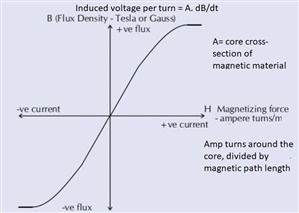Can I really be confident in the use of a Type A R.C.D. that will tolerate up to only 6mA D.C. current and still operate?
I have a box of old Pifco torch bulbs as used in battery motorists' lanterns. They are filament bulbs rated at 6.2V 0.5 Amp. Their current draw is 500mA. And that for a not very bright torch bulb. That current is supplied via dry cells.
So, the Type A R.C.D.s can only work reliably with a D.C. current of up to 6mA. That is a piddly low current.
Comments please.
Z.

